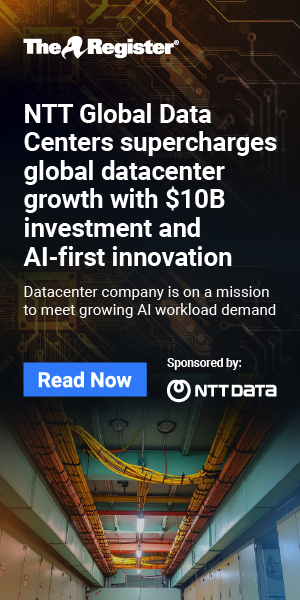Meta is following in Microsoft’s footsteps and trying out wood as a construction material for its datacenters in a bid to cut greenhouse gas emissions.
The social media giant says it has begun piloting the use of mass timber in construction on its datacenter campuses this year, in line with its goal of achieving net zero emissions across its entire value chain by 2030.
This is in addition to working with near-zero-emissions steel through the firm’s membership in Rocky Mountain Institute’s (RMI) Sustainable Steel Buyers Platform, and trying various approaches to making low-carbon concrete when building.
Mass timber is the name for a selection of engineered wood products that can be used for structural applications in the construction industry. It encompasses materials such as cross-laminated timber, which stacks multiple layers of timber glued together with the grain of each layer alternating at 90 degrees, making it a strong, low-carbon alternative to concrete and steel.
Meta says it has started with an administrative building erected this year at its Aiken, South Carolina, campus, but is set to begin constructing additional mass timber buildings at its Cheyenne, Wyoming, and Montgomery, Alabama, sites. It will then look at adding it into warehouses and the data halls that house its servers.
The parent biz of Facebook, Instagram, and WhatsApp claimed that incorporating mass timber in the structure of its buildings will reduce the embodied carbon of the edifices by about 41 percent. Expanding the use of the material across additional structures on its campuses is expected to deliver further reductions and help achieve those emissions targets.
Microsoft announced last year that it was erecting its first datacenters using cross-laminated timber in Northern Virginia, and claimed that its hybrid timber, steel, and concrete building model would cut the embodied carbon footprint by 35 percent compared to conventional steel construction and 65 percent when compared to precast concrete.
Both companies are doing this because building new bit barns means increasing indirect (scope 3) greenhouse gas emissions related to supply chains. Last year, Microsoft’s Environmental Sustainability Report disclosed that its overall emissions were up nearly 30 percent over the 2020 baseline, largely due to scope 3 emissions.
At the same time, both firms are investing tens of billions of dollars in new datacenters and other infrastructure in order to ride the AI wave while it lasts.
Meta’s own sustainability report has previously told a similar tale. The Facebook parent says that almost all of its accounted for emissions are scope 3 emitted via the production of capital goods, such as server hardware and fiber optic infrastructure, and embodied carbon in concrete and other construction materials.
The social media giant says that emissions from sustainably harvesting timber, milling it, and manufacturing it to create materials for industrial application, are typically far less than the emissions associated with manufacturing steel and concrete.®
